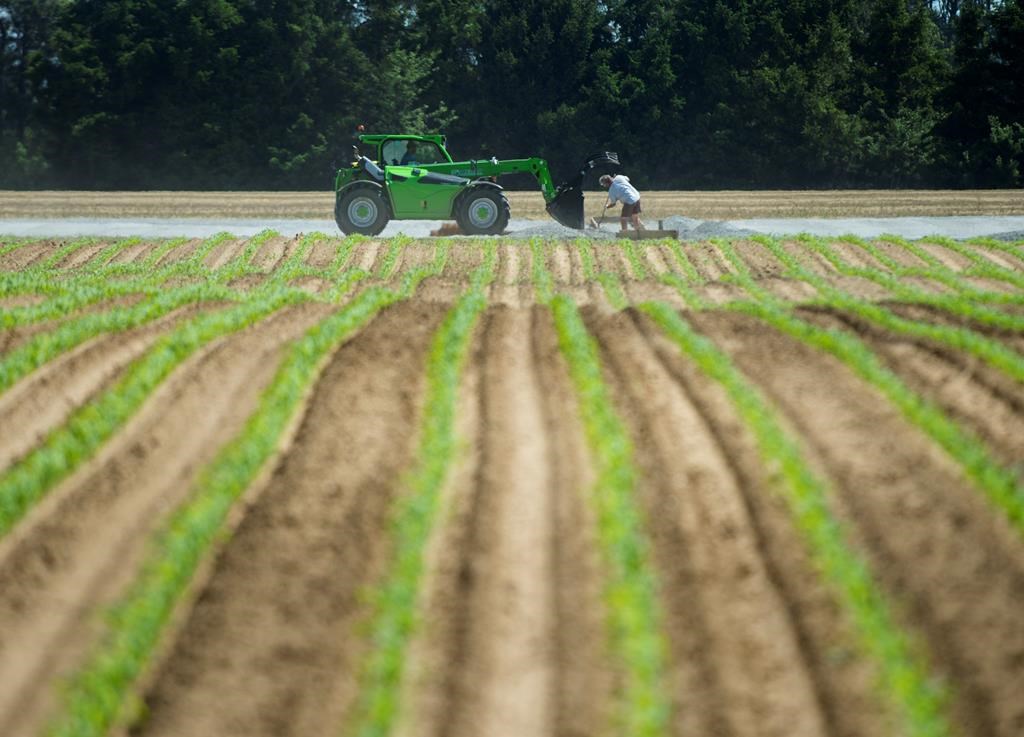The majority of the province’s crops are in fair to excellent condition due to recent warm weather and rainfall says Saskatchewan Agriculture.

According to the crop report, the areas near Neilburg received the highest amount of rainfall in the province with 116 millimetres.
The St. Walburg area received the most rainfall in the province since April 1 with 376 millimetres.
Sask Ag says the moisture is welcomed in most parts of the province, but high amounts of rain in other areas, including west-central and northern regions, resulted in localized flooding and standing water.
“This prevented producers from entering fields for spraying and haying,” says the crop report.
Cropland topsoil moisture is rated at six per cent surplus, 85 per cent adequate, six per cent short and three per cent very short.

Get breaking National news
While rainfall delayed some farmers from haying, hay continues to be cut and baled as conditions allow.

Livestock producers now have 13 per cent of the hay crop cut and 11 per cent baled or put into silage. Hay quality is rated as five per cent excellent, 65 per cent good, 25 per cent fair and five per cent poor.
The majority of crop damage continues to be from flooding, hail and wind. Other contributing factors include lack of moisture, lodging, gophers and insects.
Sask Ag says there have been reports of disease issues in most regions of the province, including root rot and ascochyta blight in pulses.
Some producers have started spraying for fusarium head blight and other diseases as environmental conditions permit, says the crop report.
Despite the damage, crop development is progressing with 86 per cent of the fall cereals, 75 per cent of the spring cereals, 70 per cent of the oilseed crops and 82 per cent of the pulse crops in their normal stage of development for this time of year.








Comments